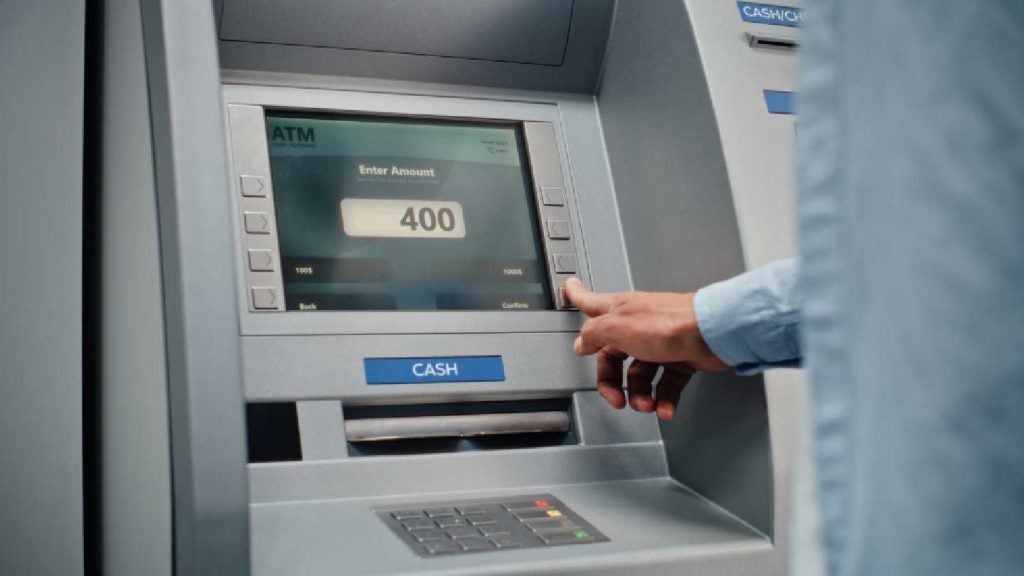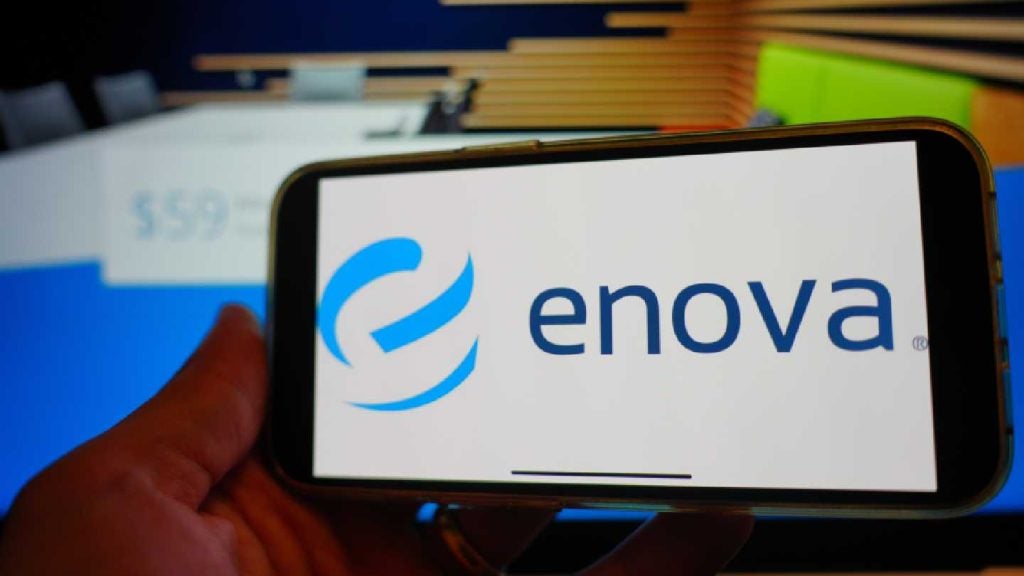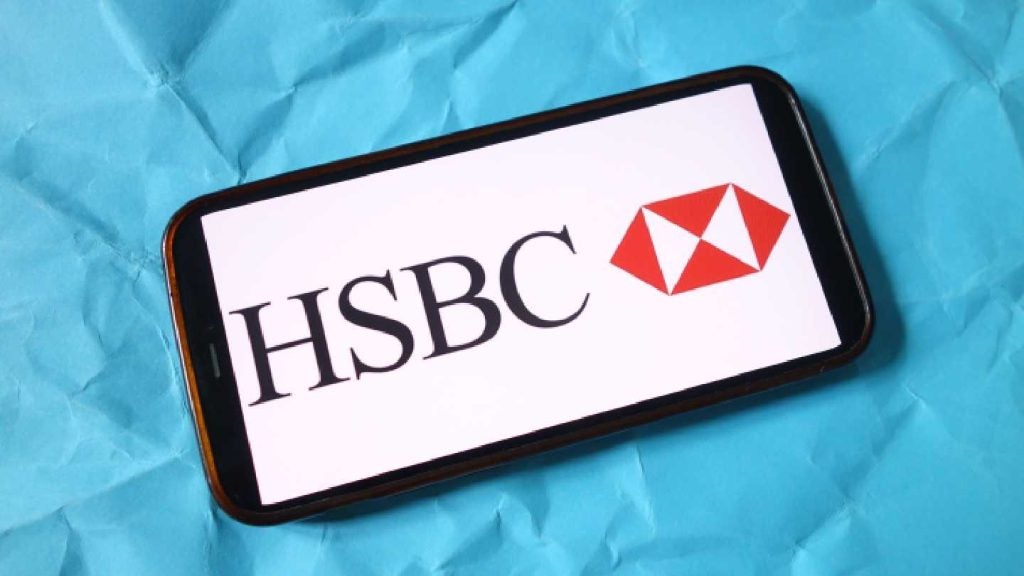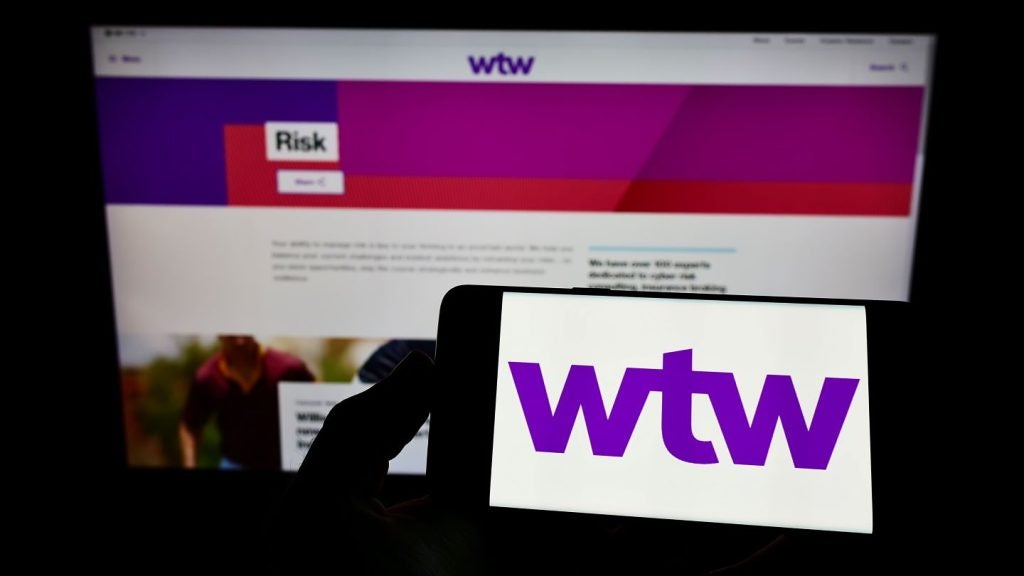Vikram Pandit, chief executive of US banking giant Citi,
has told RBI the bank will be as focused on distribution –
particularly in mobile and internet banking – as it was under his
predecessor Chuck Prince.
But it has emerged the bank has managed to attract just 20,000
m-banking subscribers to its CitiMobile service, launched in April
2007. In sharp contrast, rival Bank of America revealed on 11 June
that it had over one million m-banking users a year after launching
its service (see News Digest).
And while Pandit said he wanted to maintain an emphasis on
distribution excellence, it seems he will go about it in a very
different way, especially in the US. At the start of the year Citi
announced it would re-evaluate a domestic branch expansion
programme of Prince’s and possibly begin to reduce branch
numbers.
RBI has also discovered Citi has quietly ditched its
CitiDirect brand, a product spearheaded by Prince and unveiled in a
blaze of publicity and marketing spend in 2006.
A vital role in Citi’s future
Distribution was a key area for Prince, who during his time in
charge said it would play a vital role in Citi’s future – and
introduced a number of internet, mobile and direct banking
projects. Pandit maintained he was equally committed to extending
the bank’s reach and accessibility to customers, stating
distribution innovation would play an especially strong role,
particularly in emerging markets.

US Tariffs are shifting - will you react or anticipate?
Don’t let policy changes catch you off guard. Stay proactive with real-time data and expert analysis.
By GlobalDataHe told RBI: “We have just signed a deal with SK
Telecom, the biggest telecom in South Korea [see RBI 588],
to roll out mobile banking services to the Korean population. We
are doing those kinds of deals around the world. We signed a deal
with Expedia, an [online] travel service in the US, to offer
financial and other services in addition to travel.
“So my answer would be that we have no choice but to make sure
that we are part of the growth and part of the innovations. The
concepts don’t change, the delivery systems change and the cost of
delivery changes. The functionality of it is the same.
“[Increasing use] of new mobiles as a result of technology are
going to drive a lot of the growth in emerging markets – we have no
choice to not be part of it, but we also see that as an opportunity
for us as well.”
Disappointing channel uptake
Under Prince, Citi took an early lead in mobile banking,
becoming the third major banking group to offer a functional
m-banking product after Wachovia and Bank of America. But,
according to customer numbers provided by the bank – 20,000 –
uptake for the channel so far seems disappointing.
![]() An RBI snapshot
An RBI snapshot
survey, conducted in conjunction with US-based Crone Consulting,
showed Citi languishing in fifth place behind the likes of Bank of
America, Wells Fargo and Wachovia in m-banking customer numbers
(see table left).
The technical reason the Citi and JPMorgan Chase numbers are so
low, according to Richard Crone, an m-banking specialist and
co-founder of Crone Consulting, is because the banks’ m-banking
platforms are closed proprietary interfaces. They are not
compatible with all mobile phones, carriers or mobile provider
operating systems and also have to be downloaded.
Bank of America, Wells Fargo and Wachovia all have open,
proprietary interfaces as part of their mobile offering. Web-based
products allow the user to browse their bank accounts simply by
surfing the internet through a browser on a mobile phone.
The large uptake of Bank of America’s mobile product indicates
the increasing appetite for mobile banking among US consumers. The
subscription rate for Bank of America’s m-banking scheme has been
four times faster than for its internet banking service introduced
in the late 1990s. The bank says it now gets over 100,000 users
daily on peak high usage days, with two thirds of them under 35
years old.
Reaching customers away from the branch
Another of Prince’s high-profile initiatives was the launch of
CitiDirect, an attempt to move into the high interest, online
savings market dominated by ING Direct. Prince saw the new business
as an opportunity to reach out to customers in a way that
branch-based models could not. The launch was a success, and the
brand attracted $13 billion in deposits in its opening 10 months.
But Citi said the name was dropped around the turn of the year and
repackaged as part of citibank.com, Citibank’s successful online
offering.
 Citi spokesman Rob Julavits said: “We made the decision to
Citi spokesman Rob Julavits said: “We made the decision to
consolidate our online branding under Citibank, an incredibly
powerful brand and one of the most recognised names in financial
services. This change enables us to better leverage our core brand
and provide online consumers with all the features and
award-winning services that we always have.”
The other deal Pandit cited, Citi’s partnership with leading
travel website Expedia, was one deal of Prince’s which does not
look set for the chop. It began in October 2006 starting with a
rewards network branded Thank
You, and has since attracted more than one million customers.
The partners recently launched a credit card which allowed
travellers to earn points for purchases, with bonus points awarded
for spending on travel at Expedia and airmiles rewards for flights
on all airlines.
Pandit said: “Our clients want simplicity. They want service
which means no hassle execution. We, at Citi, are the
intermediaries which will continue to take complexity associated
with new payment centres, develop our capabilities and deliver
simplicity to our clients. In effect that is what we do: we
transform complexity into simplicity.”
Banking models
Talking at a British Bankers’ Association event in June, Pandit
– who in his first five months in charge has overseen a management
reshuffle, a company rebrand and global ad blitz (‘Citi Never
Sleeps’), sub-prime related write-downs of $40 billion and the
start of a $500-billion asset disposal programme – also discussed
banking models. And despite Citi’s recent troubles and longer-term
inertia, he defended his company’s universal banking strategy – and
said it would continue to thrive.
“We expect the separation of origination, manufacturing,
distribution and risk-taking. There will be some, like Citi, who
will be involved in the end-to-end process of a universal banking
model. There will be others that will be monolines. There will be
those that internalise risk through pooling, there will be those
that are set up to absorb and internalise risk and liability in
limited liability vehicles.
“Some will be part of a systemic risk umbrella and some will be
set up to arbitrage the regulatory archive. All of this
architecture in turn will create complexity around how all these
models and different institutions interrelate. As always, market
structures, market incentives and regulation will provide the road
map for well functioning and stable interactions.”
William Cain








